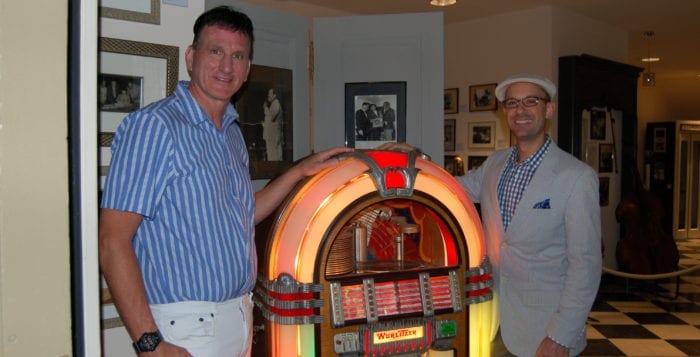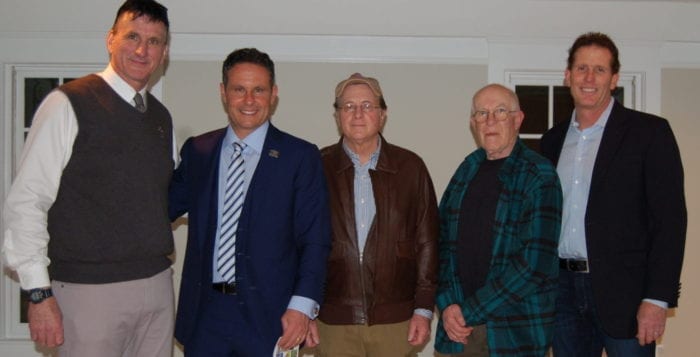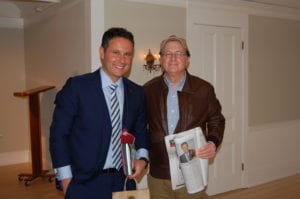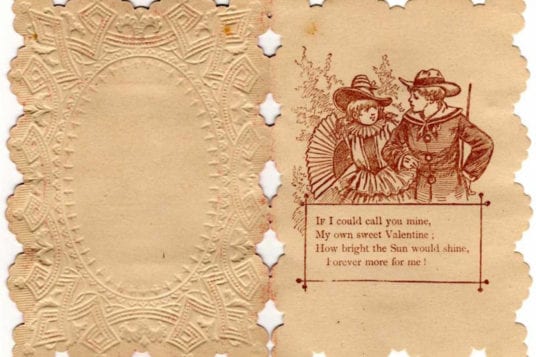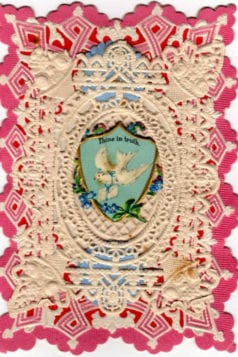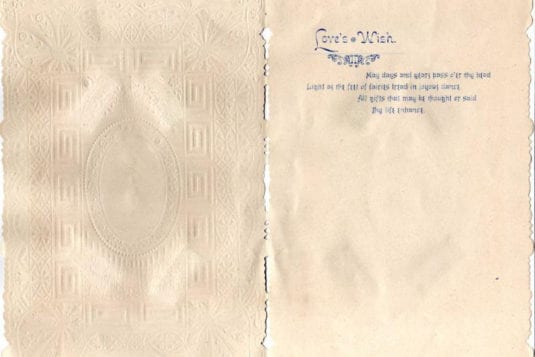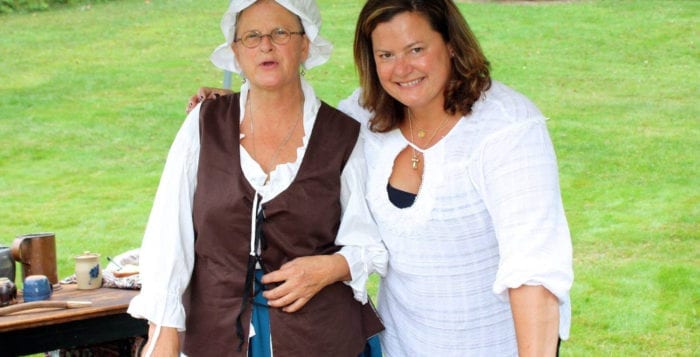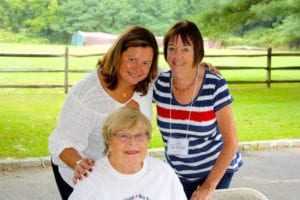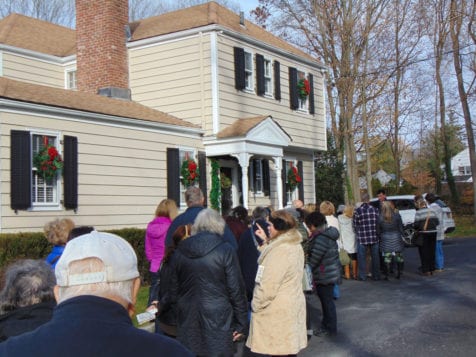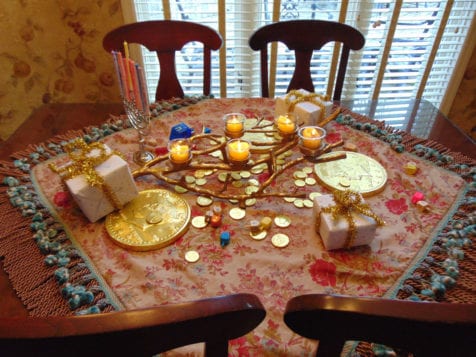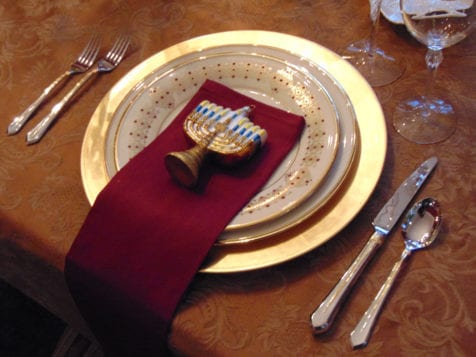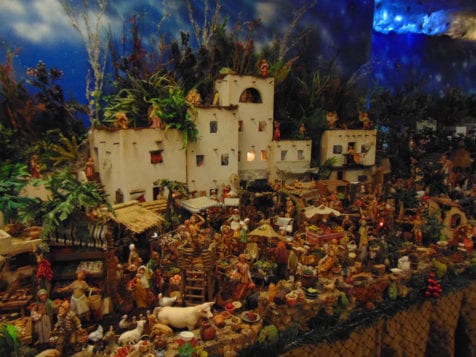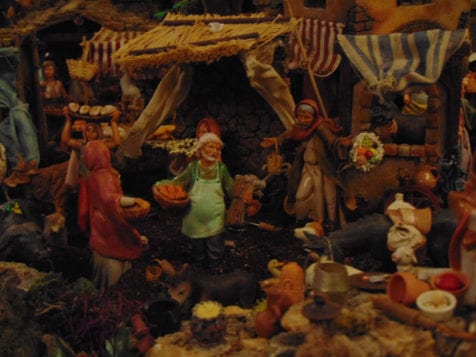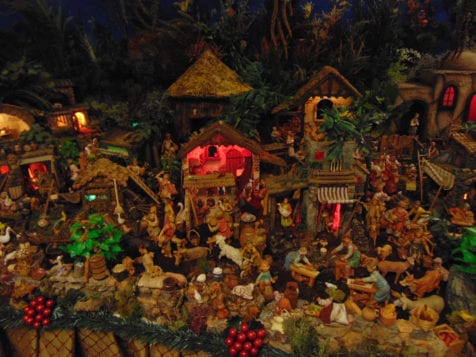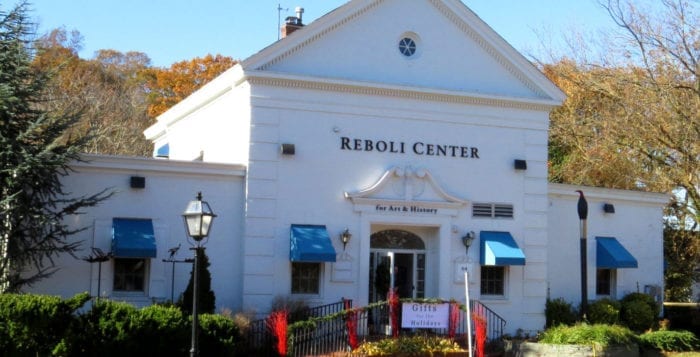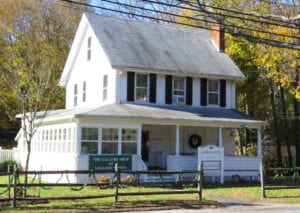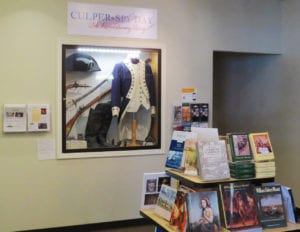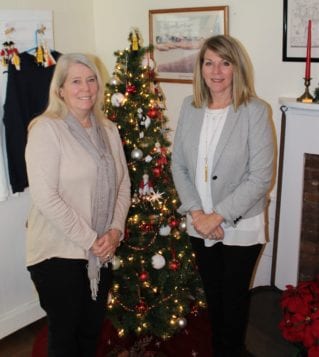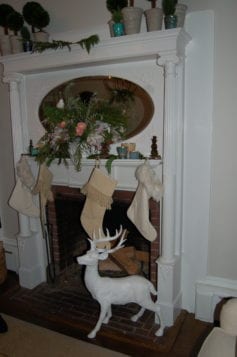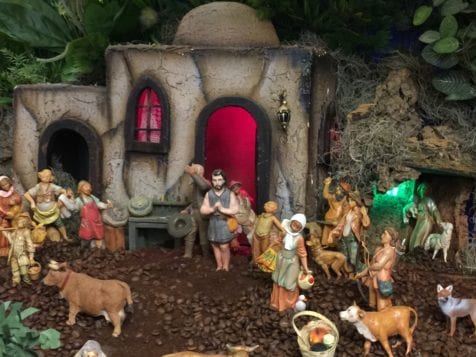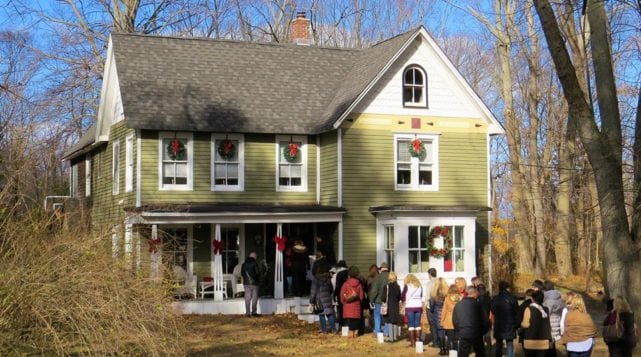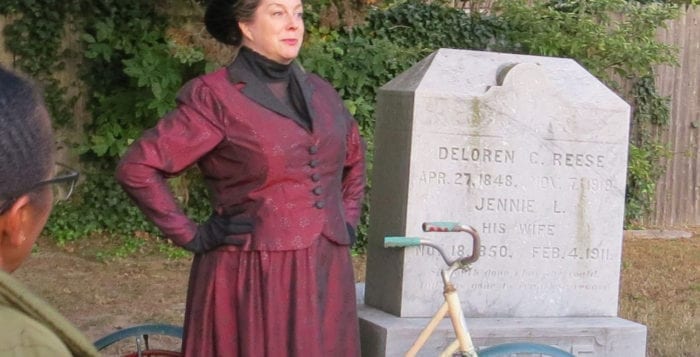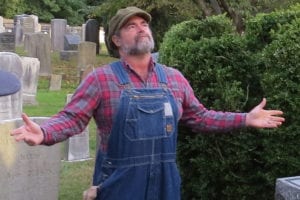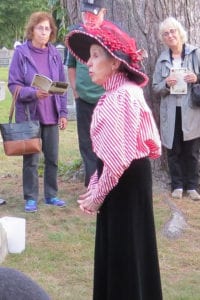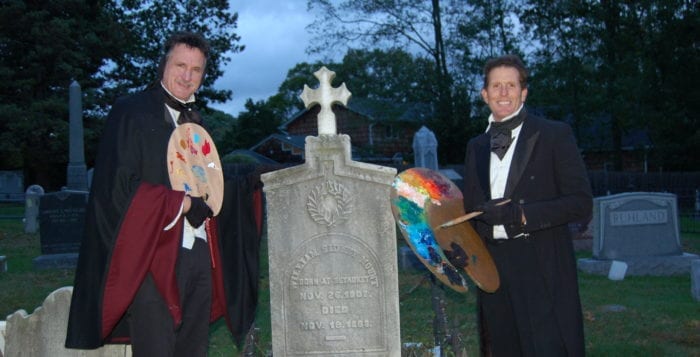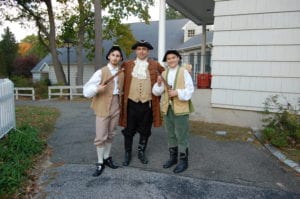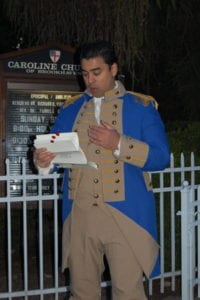By Heidi Sutton
On Wednesday, March 21, the Three Village Historical Society will once again host its annual Awards Dinner honoring volunteers, local businesses, society members and area residents who have made significant contributions to help preserve the shared heritage within the Three Village area.
Among the honorees will be Nan Guzzetta of Antique Costume and Prop Rental by Nan Guzzetta of Port Jefferson, who has been chosen to receive the Kate Wheeler Strong Memorial Award in recognition of significant contribution toward the fostering of interest in local history and a fuller appreciation of the rich historical and cultural heritage of this community. Guzzetta has earned this award with her years of inspiration and guidance with costumes for society events, especially the Spirits Tour.
Eva Glaser a longtime member and volunteer will receive the Maggie Gillie Memorial Award for contributions by a member of the society in recognition of overall dedicated service and for significant contributions furthering the goals of the society. Glaser’s award is for her years of support to the society and as the co-chair and inspiration for the first Candlelight House Tour 40 years ago.
An interest in volunteering led Richard Melidosian to the Three Village Historical Society. Melidosian has been and continues to be a docent at the SPIES Exhibit and the Candlelight House Tour and a guide at the Spirits Tour and Founder’s Day. For that, he will receive the Gayle Becher Memorial Award in recognition of volunteer efforts to help the society by performing those necessary tasks that facilitate its efficient operation. This award honors volunteers whose work consists of loyal support repeated on a regular basis.
Rebecca Fear, a student at Ward Melville High School, is this year’s honoree for the R. Sherman Mills Young Historian Award, a prestigious award presented for contributions to the society by a young person. Rebecca and her family have volunteered at many events including Culper Spy Day, the Long Island Apple Festival, the Spirits Tour and the society’s annual Yard Sale.
Three community award certificates will be handed out this year. The first, for enhancing or restoring a building used as a commercial structure in a way that contributes to the historic beauty of the area, will be awarded to Thomas J. Manuel of The Jazz Loft, 275 Christian Ave., Stony Brook for the conversion of this historic building to a cultural center for music in the Three Village area. The second, for house restoration or renovation and ongoing maintenance and preservation in keeping with the original architectural integrity, will be awarded to Andrew and Kathy Theodorakis for their home at 242 Christian Ave. in Stony Brook. The third award, for ornamental plantings or landscaping that enhances the beauty of the Three Village area, will be granted to Charles Regulinski of 24 Dyke Road, Setauket.
The event, now in its 41st year, will be held at the Three Village Inn, 150 Main St., Stony Brook from 6 to 9 p.m.
A three-course dinner, which includes a Caesar salad with rosemary focaccia croutons, choice of entree (pan-seared salmon with baby spinach and beurre blanc sauce, seared breast of free-range chicken with haricot vert and saffron potatoes or sliced Chateau steak with red wine sauce with Yukon Gold potato puree and baby carrots) and an apple crumb tartlet with whipped cream for dessert, will be served. (Vegetarian meal available upon request.) The evening will feature a cash bar, raffles and live music by the Ward Melville High School Honors Jazztet.
Please join them in honoring these worthy awardees. Tickets are $65 per person, $60 members. To order, visit www.TVHS.org or call 631-751-3730.

